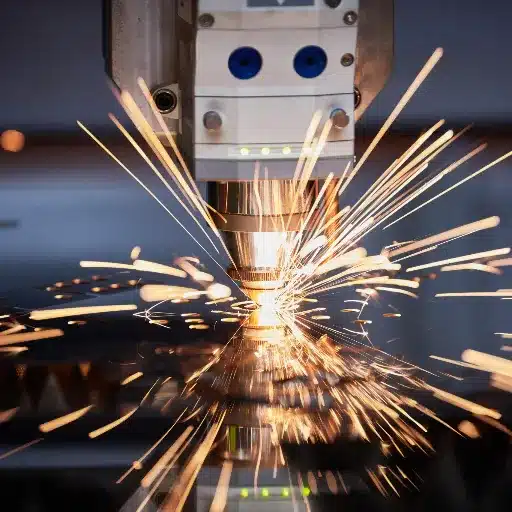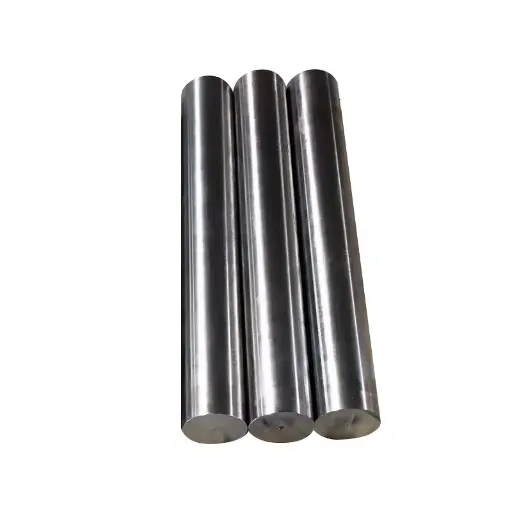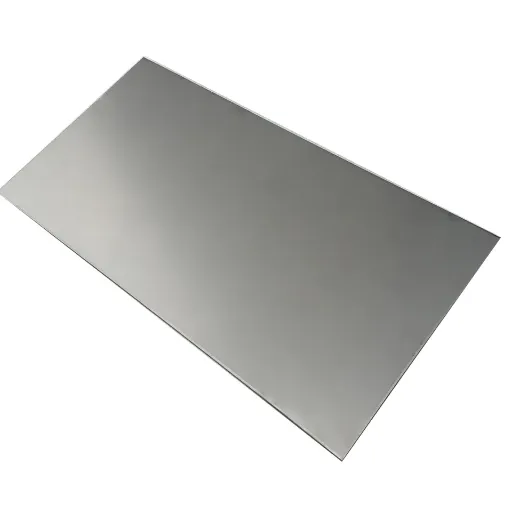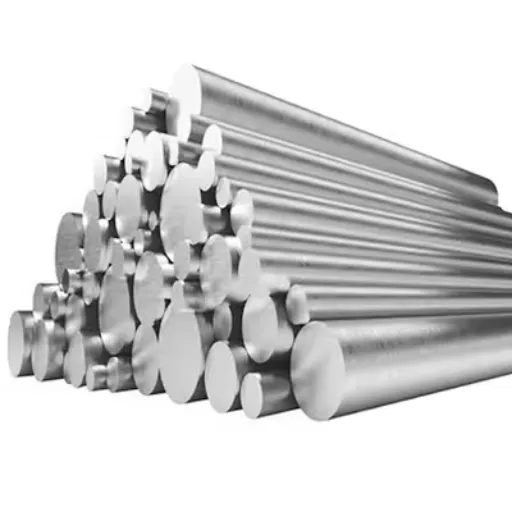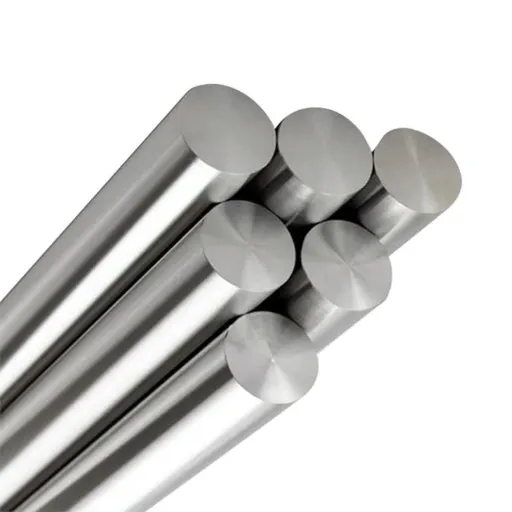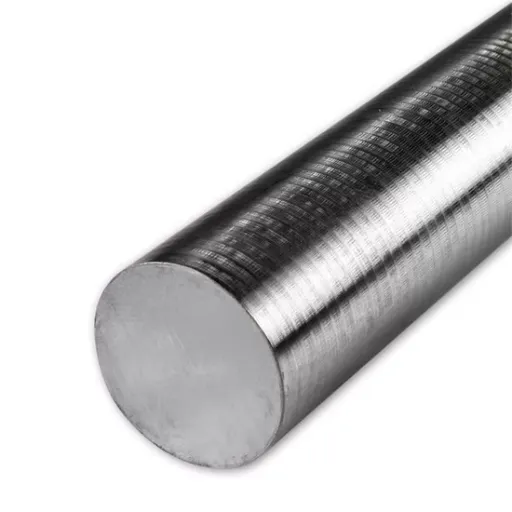Steel has numerous uses across industries and is highly adaptable. However, not all steel is the same. Two of the most popular forms are mild steel and high carbon steel, varying in composition, characteristics, and applications. This article intends to break down the differences for easier decision-making when selecting the type of steel best suited for your project. Suppose you are someone engaged in construction or manufacturing, or curious about materials used in modern times. In that case, this article will help deepen your understanding of steel.
What is mild steel?
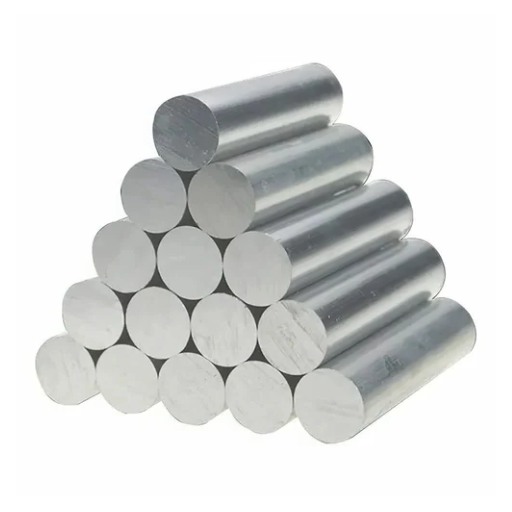
Mild steel, also referred to as low-carbon steel, is a type of steel that contains a carbon percentage of around 0.05% to 0.25%. The ductility of mild steel makes it easier to work with than higher-carbon steel. Due to the affordability and versatility of mild steel, it is used in construction, automotive manufacturing, general engineering, and various other fields. It does have some drawbacks, such as being more susceptible to corrosion and wear, which can limit the environments in which it can be used.
Properties of Mild Steel
Mild steel is widely used in various industries because of its very useful features:
- Low Carbon Content: Most steels have carbon content between 0.05% to 0.25% and than mild steel. This gives it the advantage of greater ductility compared to high carbon steels. For manufacturers, it becomes easier to cut, weld and shape soft mild steel as compared to other steels.
- Moderate Tensile Strength: Mild steel has an average tensile strength of approximately 400 MPa (Megapascals), depending on composition and processing methods. Therefore, other constructions such as beams, frames and panels can be easily built using mild steel.
- Very High Ductility and Malleability: With high ductility, the mild steel is capable of significant deformation prior to fracture. This is very useful property in the metalworking and manufacturing industries for those processes that involve bending or shaping of materials.
- Weldability: To achieve a weld joint in a mild steel significantly easier as no complex preheats or techniques are required. This is mainly incited from low carbon content that does not allow steel to become brittle at and post-welding.
- Mild steel term as ferromagnetic material so therefore can be put to work in electrical and magnetic parts such as motors and transformers.
- The steel grades with good strength and ductility are mostly fabricated with a roughly 7.85 g/cm³ density. This adds to their strength and stability, making them ideal for structures.
- Corrosion Resistance: Stainless steel is less resistant to corrosion than mild steel. To improve its performance in corrosive areas, it needs a surface treatment, such as painting, galvanization, or coating.
- Thermal Conductivity: For applications such as heat exchangers that require fast and efficient transfer of heat, mild steel is a good option due to its good thermal conductivity.
- Cost-Effectiveness: As a result of the mild steel’s ease of production and abundance, it is one of the most affordable types of steel. This enables the material to be used in different applications without significant additional cost while sustaining reasonable levels of durability and performance.
Applications Based on These Properties
Mild steel is widely used for construction beams and rebar, automotive panels and frames, pipelines, and machinery parts. Its mechanical strength, coupled with ease of processing, makes it reliable. Depending on functionality and application, mild steel can be alloyed or treated to address corrosion, wear resistance, or any other needs.
Common uses of mild steel
| Common Use | Description |
|---|---|
| Construction | Building frames, bridges, structural support. |
| Machinery | Gears, bearings, industrial equipment. |
| Automotive | Vehicle body parts, frames, and components. |
| Pipelines | High-pressure fluid pipes, durable structures. |
| Fencing | Gates, fences, and railings. |
| Cookware | Pots, pans, and cutlery. |
| Furniture | Desks, chairs, and other home furnishings. |
| Signs | Durable signage for businesses. |
| Industrial Tools | Welding tables, fixtures, and jigs. |
| Poles and Posts | Utility poles, lamp posts, and markers. |
Advantages of using mild steel
| Advantage | Description |
|---|---|
| Cost-Effective | Affordable for large-scale projects. |
| Easily Weldable | Simplifies joining processes with strong results. |
| High Ductility | Can bend/stretch without fracturing. |
| Strength to Weight | Durable yet lightweight material. |
| Malleability | Easy to cut, shape, and fabricate. |
| Recyclable | 100% recyclable, eco-friendly material. |
| Wide Availability | Readily accessible across markets. |
| Conductivity | Efficient heat and electricity transfer. |
How do steel and mild steel differ?
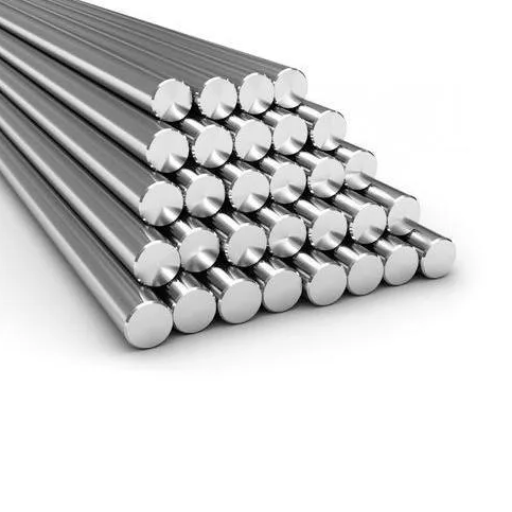
Steel is primarily an alloy of iron and carbon, combining with different elements to achieve strength, corrosion resistance, and other defining characteristics. Mild steel, a subtype of steel, has a low carbon content (0.05%−0.25%0.05%−0.25%), which makes it more ductile and less complicated than high-carbon or alloy steels. While easier to shape and weld, lower-carbon mild steel becomes less intense and resistant to wear when compared with other types of steel.
Composition of steel and mild steel
| Composition Component | Steel Description | Mild Steel Description |
|---|---|---|
| Main Element | Iron with carbon as primary alloying element | Iron with low carbon content |
| Carbon Content | 0.02% – 2.14% | Up to 0.25% |
| Alloying Elements | May include chromium, nickel, manganese, etc. | Minimal or no intentional alloying |
| Strength | High strength and tensile properties | Moderate strength and good ductility |
| Corrosion Resistance | Varies based on alloy composition | Susceptible without surface treatment |
| Hardness | Higher than mild steel | Comparatively lower hardness |
| Applications | Suitable for diverse industrial uses | Used in general construction and tools |
Applications of Different Types of Steel
The different types of steel are relevant for other industries, as each type is tailored to a specific application. Steel’s versatility is undoubtedly essential for a broad scope of industries.
- Construction and Infrastructure
Structural steel is preferred in construction for buildings, bridges, and industrial frameworks due to its strength, durability, and ability to be used in different shapes. Roughly 50% of steel is used in construction globally, indicating its importance in modern infrastructure. Another vital constituent of construction is reinforced steel (rebar), which provides tensile strength and stabilization to concrete structures.
- Automotive Industry
High-strength low-alloy (HSLA) and advanced high-strength steels (AHSS) are key materials in the automobile sector. Stronger steels allow automobiles to reduce weight while ensuring safety and efficiency. For example, environmental and safety measures are enforced in the automobile industry, which has led to AHSS constituting 60% of modern car bodies.
- Manufacturing and Machinery
Cutting tools, molds, and dies are produced using tool steels,, which are best known for wear resistance and hardness. Mild steel, due to its good machinability and being easily weldable, is commonplace in machine parts and equipment. The growing level of automation is expected to drive 4% annual growth in the demand for steel for manufacturing.
- Energy Sector
The oil and gas industry, renewable energy systems such as wind turbines, and pipelines rely heavily on tools and equipment made from steel due to its corrosion resistance. Furthermore, stainless steel is expected to grow in solar power systems because it can withstand extreme conditions.
- Household Goods
Stainless steel is used in appliances and cutlery. It is considered to be the best-looking, easiest-to-maintain, and most resistant to corrosion. Worldwide, more than 70% of households are estimated to have at least one stainless steel appliance or cookware.
- Aerospace and Defense
Due to their lightweight yet strong composition, maraging steel and superalloys stainless steel are used in the aerospace and defense industry. They can be found in parts such as aircraft landing gear, missile parts, and structures used in defense, which is the biggest component where dependability under extreme conditions is a must.
Advancements in technology, combined with sustainability efforts, are driving demand for different kinds of steel. These varying uses show how important steel is in today’s technologies.
Comparing Tensile Strength and Ductility
Tensile Strength and Ductility: Both tensile strength and ductility are pivotal mechanical properties and factors when determining material performance, for example, in the case of steel. To explain further, ductility is defined as a material’s capacity to undergo deformation without fracture. Compile strength pertains to the maximum stress a material can withstand while being stretched or pulled before failing. As one can not, both properties are critical in determining the material’s application.
Comparison of Different Steel Types concerning Ductility and Tensile Strength: This section highlights the differences in tensile strength and ductility for various steels.
- Carbon Steel
- Ductility: 15-25%
- Tensile Strength: 400-600 MPa
- Applications: automobile body parts, other structural components, and pipelines.
- Stainless Steel
- Ductility: 20 – 45%
- Tensile Strength: 490-750 MPa
- Applications: medical instruments, kitchenware, and even chemical processing equipment.
- High-Strength Low-Alloy Steel (HSLA)
- Ductility: 10-22%
- Tensile Strength: 700-850 MPa
- Applications: Heavy-duty and large structures such as vehicles and bridges.
- Tool Steel
- Ductility: 2 – 10%
- Tensile Strength: 1000 – 1500 MPa
- Applications: These are used in cutting tools as well as dies and mold implementations.
- Maraging Steel
- Ductility: 6-15%
- Tensile Strength: 1550-2100 MPa
- Applications: precision machinery, construction for sophisticated missile casings, and aerospace components.
Each type has its own pros and single shaft of carbon steel stands out for its blending strength and deformability. Deformability is obtaining into industry specifications almost to perfection.
Exploring mild steel vs stainless steel
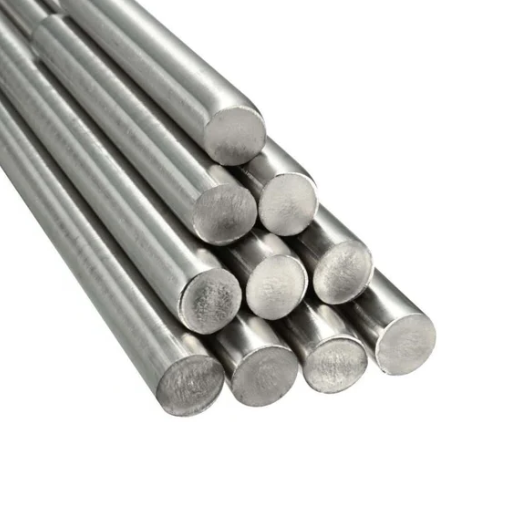
Mild steel and stainless steel differ in composition, electronic properties, and application. Mild steel is low in price while high in ductility and machinability. Composed mostly of iron and a speck of carbon, this material is easy to obtain. However, it has minimal corrosion resistance, which renders it prone to rust. As such, pipelines, automotive parts, and structures use mild steel.
Unlike other metals, stainless steel includes chromium, providing incredibly high corrosion protection while retaining a beautiful finish. In addition, it withstands stronger forces and extreme cold and heat, making it useful for surgical instruments, culinary tools, and even specific outdoor constructions. Though the price of stainless steel is higher than that of mild steel, its extended lifespan and low maintenance in corrosive environments make it a popular choice.
Corrosion resistance in stainless steel and mild steel
| Parameter | Stainless Steel | Mild Steel |
|---|---|---|
| Main Alloying Element | Chromium (minimum 10.5%) | Carbon (minimal alloying elements) |
| Corrosion Resistance | Forms a protective chromium oxide barrier | Low, prone to rust |
| Resistance to Harsh Environments | Suitable for marine and chemical exposure | Requires coatings for harsh environments |
| Oxidation Resistance | Varies by grade; some resist harsher chemicals | Oxidizes quickly without treatment |
| Durability in Outdoors | Excellent for outdoor applications | Needs galvanization for durability |
| Susceptibility to Chemicals | Durability in the Outdoors | Rapid corrosion from chemical exposure |
Cost comparison of mild steel vs stainless steel
| Parameter | Mild Steel | Stainless Steel |
|---|---|---|
| Initial Cost | $0.50 – $0.75 per pound | $1.50 – $3.00 per pound |
| Production Cost | Lower due to simple composition | Higher due to alloy complexity |
| Maintenance Costs | Retains ~60% of the initial value | Low, minimal maintenance required |
| Long-Term Value | Lower due to shorter lifespan | Higher due to durability |
| Resale Value | Lower over the long-term use | Retains ~30% of the initial value |
| Use in Large Projects | More economical for large applications | Higher upfront investment required |
| Lifespan and Durability | Shorter, prone to corrosion | Longer, resists corrosion |
| Total Cost of Ownership | Higher over time due to upkeep | Lower over long-term use |
Durability and hardness in stainless steels
The alloying elements, including chromium, which increases its wear, impact, and deformation resistance, make stainless steel exceptionally durable and hard towards demanding applications.
How does carbon affect steel?
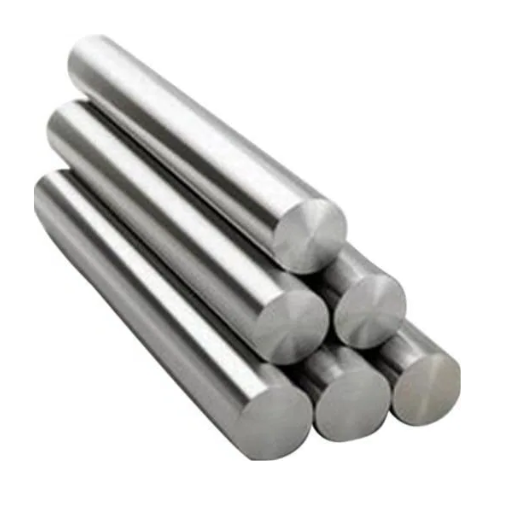
A steel’s property is highly determined by the carbon it contains. A stiffer, stronger, and more wear-resistant steel contains high carbon. Unfortunately, high carbon content makes ductility impossible, making the steel brittle. If strength and flexibility are needed, moderate amounts of carbon are preferred. With higher/lower carbon content, manufacturers can alter steel’s performance to the required standards.
Understanding carbon content in steel
Altering the carbon content is necessary to meet the needs of different industrial applications. This makes adjusting the steel’s hardness, strength, and ductility significant depending on the intended function.
Impact on Hardness and Malleability
Diversity in industrial applications requires material selection with reasonable completeness. The carbon content is significant in determining the steel’s hardness and malleability. Steels containing increased carbon are harder to deform. This is a result of cementite forming, increasing the wear resistance. Unfortunately, malleability is now lost due to the increased brittleness of the high-carbon steels, making fractures common during stressful conditions.
For example, low-carbon steels with less than 0.30% carbon are quite soft but very malleable, so they’re ideal for things like automotive body panels and structural plates. Medium-carbon steels with carbon content from 0.30% to 0.60% offer strength and ductility and are used for components like gears, axles, and even some parts of machines. High-carbon steels containing 0.60% to 1.0% carbon are tough and are used for tools that cut, springs, and even high-strength wires.
Recent studies indicate that advanced heat treatments like quenching and tempering further enhance steel’s hardness and malleability. For instance, case-hardening methods increase surface hardness while keeping the core soft, so the ideal combination of performance attributes can be achieved. As the World Steel Association states, steel with precision-adjusted carbon levels still plays a vital role in modern engineering and manufacturing industries with such precise and harsh requirements.
Role of alloying elements in carbon steel
Carbon steel’s features can be modified by adding elements such as silicon, manganese, and chromium, which significantly improve its properties. Manganese improves strength and hardness, while silicon boosts elasticity. Chromium and nickel enhance toughness and corrosion resistance. I can alter the steel to perform differently in different applications by changing these elements.
Why choose low-carbon steel?
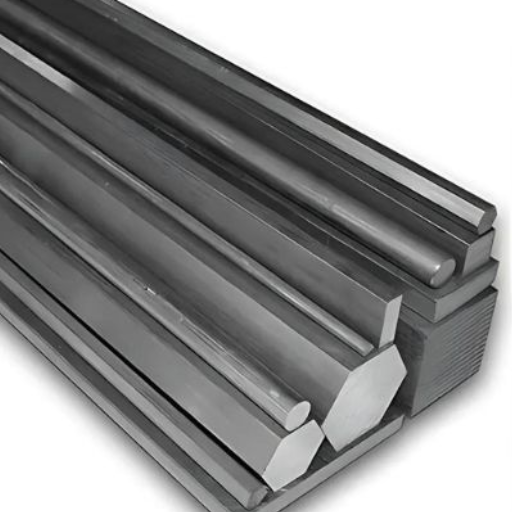
Mild Carbon Steel is very cost-effective and straightforward, making it ideal for a wide range of processes and industries. In addition, compared to high carbon steel, it is softer and more ductile, which allows it to be used in various applications such as bending, shaping, and welding. Further, it is a widely acknowledged option in many industries across construction, automotive, and manufacturing because of its balanced strength and cost efficiency.
Benefits of low-carbon steel
| Benefit | Description |
|---|---|
| Cost-Effective | Lower price compared to other steel types |
| High Workability | Easy to shape, weld, and machine |
| Enhanced Corrosion Resistance | Performs better than higher-carbon steel |
| Less Brittle | Reduced risk of breaking or cracking |
| Useful in Cold Temperatures | Remains strong and ductile in extreme cold |
| Sustainable Option | Lower carbon footprint and recyclable |
| Versatile Applications | Suitable for construction, tools, and automotive |
| Durable in Extreme Weather | Handles harsh environmental conditions well |
Comparing mild steel vs low carbon steel
| Parameter | Mild Steel | Low-Carbon Steel |
|---|---|---|
| Carbon Content | 0.05% to 0.25% | Less than 0.30% |
| Strength | Moderate | Moderate, suitable for many uses |
| Ductility | High | High, easy to shape and form |
| Weldability | Excellent | Excellent |
| Corrosion Resistance | Requires coatings | Slightly better corrosion resistance |
| Cost | Affordable | Very affordable |
| Applications | Automobiles, construction | Tools, structural frames, machinery |
| Environmental Impact | No specific eco-focus | More sustainable, recyclable |
Applications for Low-Carbon-Content Steel
Mild steel, or low carbon steel, is one of the most commonly used metals due to it’s price, ease of machining and adaptability. Below are some of the key applications:
- Construction
Low-carbon steel is used to create structural elements such as I-beams, steel plates, and rebar. Its ductility and weldability make it suitable for both structural integrity and support. Industry reports state that it is the base of around 50% of steel structures built worldwide, owing to its affordability while still providing strength.
- Automotive Industry
Low-carbon steel is used for parts and components like automobile body panels and chassis, as its flexibility and crash resistance are ideal. Moreover, data analysis shows that mild steel is the predominant material used for the construction of vehicles, especially passenger cars, accounting for more than 60%.
- Machinery and Equipment
Lower-grade carbon steel is common when machining industrial parts such as pipelines, fasteners, and gears. Components that are simple to machine and parts that experience a reduction in wear and tear during use uphold relevance in this field. Innovations in heat treatments also help improve the durability of parts used in machinery.
- Energy Industry
This type of steel is important for energy-related features such as oil and gas pipelines, the infrastructure of a power plant, and even windmills. Mild steel, for example, is useful in offshore and onshore projects due to its great versatility and ability to withstand moderate climate conditions.
- Household Goods and Appliances
Low-carbon steel is one of the primary materials used in durable consumer goods. The metal is useful in making appliances such as cookware, home furniture, and decorative item frames. According to research data from the manufacturing industry, low-carbon steel accounts for as much as 40 percent of the materials used in production due to its affordability and low cost.
The many uses of low-carbon content steel highlight the importance of such steel with respect to advancing the supports in modern infrastructure and daily life. It also serves as a backbone to the ever-growing versatility in industries that seek to improve how low-carbon steel is treated and applied.
References
- University of Florida – Materials and Material Selection – A detailed academic resource discussing mild steel properties and applications.
- Purdue University – Material Overview (ANSI Standards) – A document providing insights into material grades, including mild steel.
- Massachusetts Institute of Technology (MIT) – Material Properties – A comprehensive guide on material properties, including mild steel.
Frequently Asked Questions (FAQ)
Q: What is the primary difference between mild and high carbon steel?
A: The primary difference lies in the amount of carbon content. Mild steel contains little carbon, usually around 0.05% to 0.25% by weight, whereas high carbon steel has a higher carbon content, typically between 0.6% and 1.5%. This higher carbon content makes high-carbon steel harder and stronger than mild steel.
Q: How does the amount of carbon affect the properties of steel?
A: The amount of carbon in steel significantly affects its mechanical properties. Higher carbon content increases hardness and strength but reduces ductility and malleability, making the steel less challenging than mild steel. Mild steel, with its lower carbon content, is more malleable and ductile.
Q: Can mild steel be hardened like high carbon steel?
A: Due to its low carbon content, mild steel cannot be hardened to the same extent as high-carbon steel. However, high-carbon steel can be hardened by heat treatment processes like quenching, which enhances its hardness and strength.
Q: Is high-carbon steel stronger than mild steel?
A: Yes, high carbon steel is generally stronger than mild steel due to its higher carbon content, which contributes to increased hardness and strength. However, this also makes it less malleable and brittle than mild steel.
Q: How does the weldability of mild steel compare to high carbon steel?
A: Mild steel is more weldable compared to high carbon steel. The lower carbon content in mild steel allows for easier welding without the risk of cracking. High carbon steel, with its higher carbon content, is more prone to cracking during welding.
Q: What are some typical applications of mild and high carbon steel?
A: Mild steel, being more ductile and malleable, is often used in construction, automotive frames, and structural applications. Due to its hardness, high carbon steel is used for cutting tools, springs, and high-strength wires.
Q: How does high carbon steel compare to stainless steel grades?
A: High carbon steel is harder and stronger than many stainless steel grades, but lacks the corrosion resistance due to the absence of chromium. Stainless steel, containing chromium and often nickel, offers better oxidation and corrosion resistance than high carbon steel.
Q: What role does manganese play in steel alloys?
A: Manganese is added to steel alloys to improve their toughness and strength. It counteracts the brittleness that can occur with high carbon content and enhances the steel’s wear resistance.
Q: How does galvanizing affect mild steel?
A: Galvanizing involves coating mild steel with zinc to protect it from rusting and corrosion. This process enhances the durability of mild steel products, making them suitable for outdoor and marine environments.
Q: What is the difference between wrought iron and cast iron compared to steel?
A: Wrought iron is an iron alloy with very low carbon content, making it more ductile and malleable, similar to mild steel. Cast iron, on the other hand, has a high carbon content, making it hard but brittle. Steel, including mild and high carbon forms, balances carbon content to achieve desired mechanical properties, offering a range of toughness and strength.

